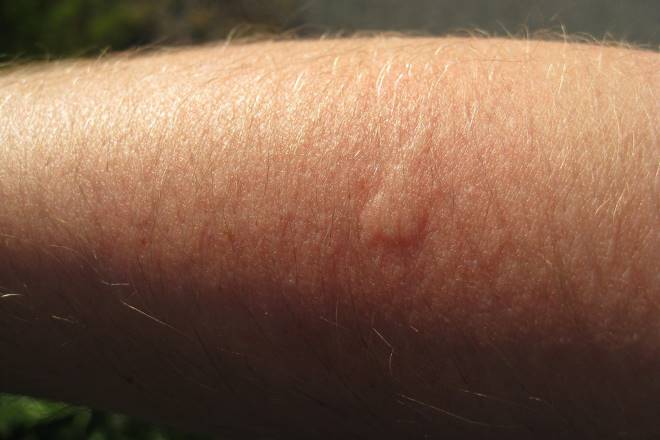Allergy Treatment: Managing Swelling of Face, Lips, Throat, and Skin
Allergic reactions can range from mild irritation to life-threatening swelling that affects breathing and circulation. Understanding how allergies cause swelling, how to recognize different patterns on the face, lips, throat, and skin, and what treatment options exist helps you respond appropriately and seek the right care. This article explains common causes, immediate steps, medical treatments, and long-term strategies for reducing the risk of recurrent reactions.

This article is for informational purposes only and should not be considered medical advice. Please consult a qualified healthcare professional for personalized guidance and treatment.
What causes swelling of the face?
Facial swelling in an allergic context usually reflects angioedema, where fluid leaks into deeper layers of tissue. Common triggers include foods (nuts, shellfish), insect stings, medications (such as some antibiotics), and contact allergens like cosmetics. Non-allergic causes include hereditary angioedema or infections; distinguishing these requires medical evaluation. If swelling appears rapidly, especially with other symptoms like hives or difficulty breathing, treat it as potentially severe. Clinicians diagnose causes with a combination of history, physical exam, and sometimes allergy testing or blood work to identify specific triggers.
Why do lips swell during an allergic reaction?
Lips are a common site for angioedema because the tissue is loose and richly supplied with blood vessels. Swelling may follow direct contact with an allergen (e.g., toothpaste, lip balm, certain foods) or be part of a systemic allergic response after ingestion or stings. Localized lip swelling without respiratory symptoms is often managed with antihistamines and observation, but progressive swelling or involvement of the mouth and throat warrants urgent evaluation. Preventive steps include avoiding known contact allergens and reviewing ingredients in oral care and cosmetic products.
When is throat swelling an emergency?
Throat swelling is potentially life-threatening because it can obstruct the airway. Signs that require immediate emergency care include difficulty breathing, hoarseness, stridor (a high-pitched wheeze), inability to swallow, sudden drooling, or fainting. In suspected anaphylaxis—rapid onset with respiratory compromise, hives, low blood pressure, or faintness—use an epinephrine auto-injector immediately if available and seek emergency services. After stabilization, medical teams may prescribe observation, steroids, and referral to an allergist for follow-up evaluation to determine trigger and prevention plans.
How do skin allergic reactions present?
Skin involvement from allergies commonly appears as hives (urticaria)—itchy, raised welts that can move around the body—or as contact dermatitis, which causes redness, blistering, or dryness at the contact site. Hives often respond to oral antihistamines and usually resolve within hours to days; chronic or recurrent hives may need specialist evaluation. Contact dermatitis is managed by avoiding the trigger and using barrier creams or topical steroids as directed by a clinician. Widespread rash accompanied by systemic symptoms should prompt urgent medical assessment.
Treatment options for swelling from allergies
Initial treatment depends on severity. For mild, localized swelling, second‑generation oral antihistamines (non‑sedating types) often reduce itching and swelling. For more pronounced or persistent angioedema, clinicians may prescribe short courses of oral corticosteroids. Anaphylaxis is treated with intramuscular epinephrine as first line; follow-up care typically involves observation in a medical facility. Long‑term management can include identifying triggers via skin or blood tests, allergen avoidance strategies, and, when appropriate, immunotherapy (allergy shots or sublingual tablets) for specific allergens. People with a history of severe reactions are commonly advised to carry emergency medication and develop an action plan with their healthcare provider. For specialist evaluation, search for local services or an allergist/immunologist in your area.
Conclusion
Swelling involving the face, lips, throat, or skin can signal a range of allergic conditions from mild contact reactions to severe, life‑threatening anaphylaxis. Quick recognition of red flags—especially throat involvement and breathing difficulties—guides urgent action, while diagnosis and prevention strategies reduce recurrence. Work with qualified healthcare professionals to identify triggers, establish personalized treatment plans, and, where indicated, consider long‑term options such as immunotherapy and avoidance measures to manage allergy risk.






